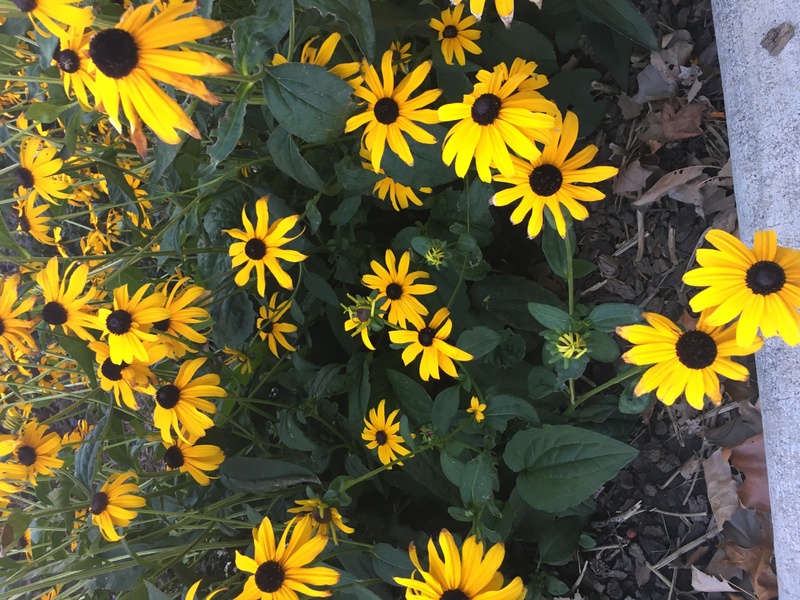While walking around campus the other day, we came across these beautiful yellow flowers. It was a lovely day, and we thought “What a perfect flower for this weeks Flowery Friday.” Then the trouble began…
Admittedly, no one here is a botanist. We do not know our flowers particularly well, but we try to find something interesting about the flowers we post. Today, we found, we could not determine for certain what this plant is specifically. At first, we thought (after searching Google for “yellow flowers”) it was a Black-eyed Susan (Rudbeckia hirta), but then we discovered the Yellow Coneflower (Echinacea paradoxa). Many of the images seemed so similar, it was hard for us to decide.
More research showed us, Yellow Coneflowers and Black-Eyed Susans are very similar. For example:
- Both are from the aster family
- Both produce long-stemmed flowers with daisy-like petals
- Both are adaptable to various conditions
- Both use the common name “coneflower” interchangeably
So, what are their differences? Well…
- Rudbeckia tend to tolerate cooler climates
- Echinacea are slightly larger
- Rudbeckia flowers grow outward, while the petals of echinacea tend to curve down and outward from the center of the flower1
Ultimately, we think they are Rudbeckias, why? Because more pictures on Google look like these flowers when you search “Blake-Eyed Susan” than when you search “Yellow Coneflower.”
Please do let us know if we are wrong. Happy Flowery Friday!
Sources
Photo courtesy of Library Staff


